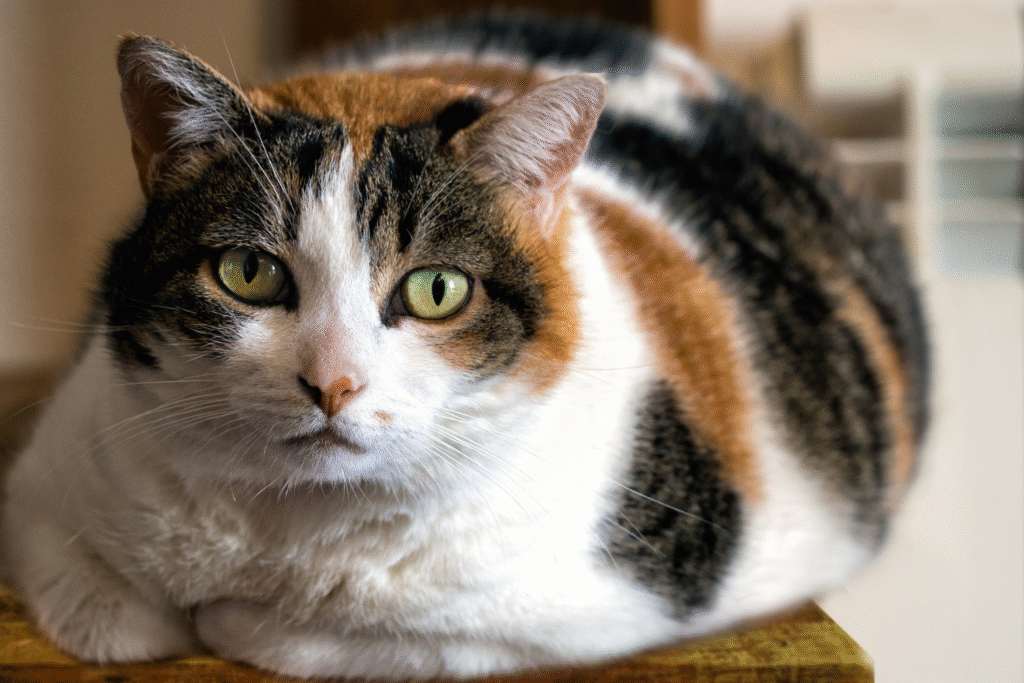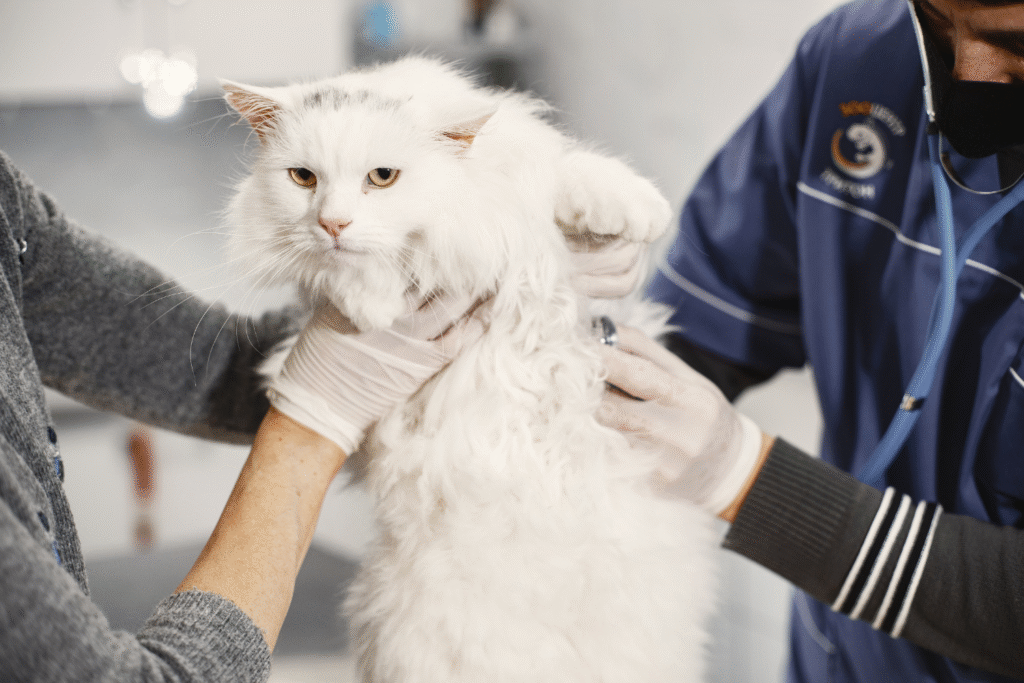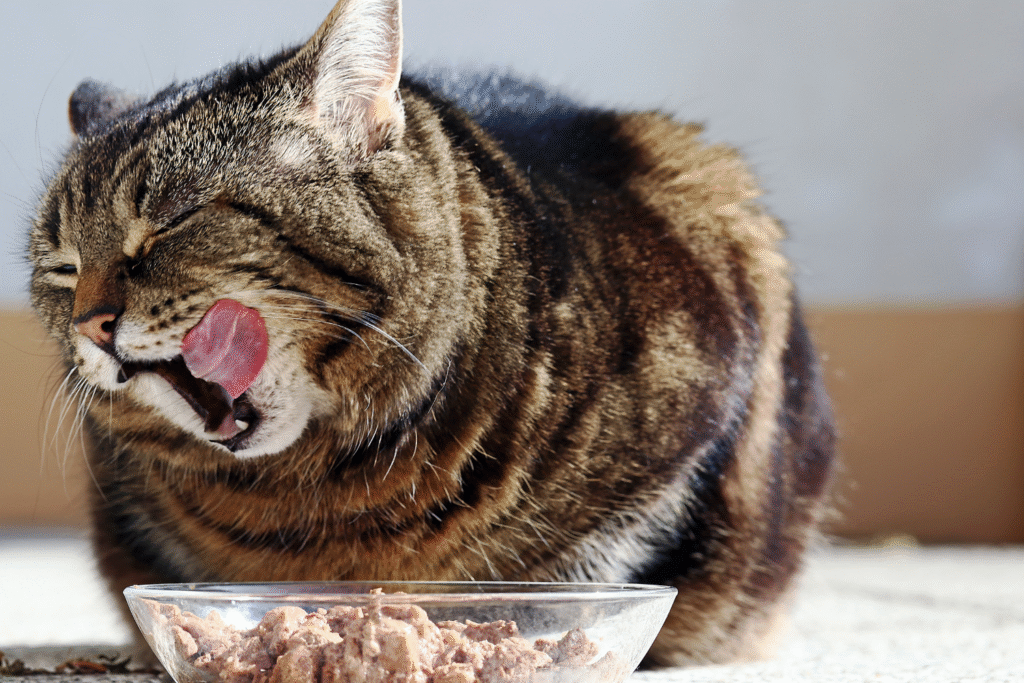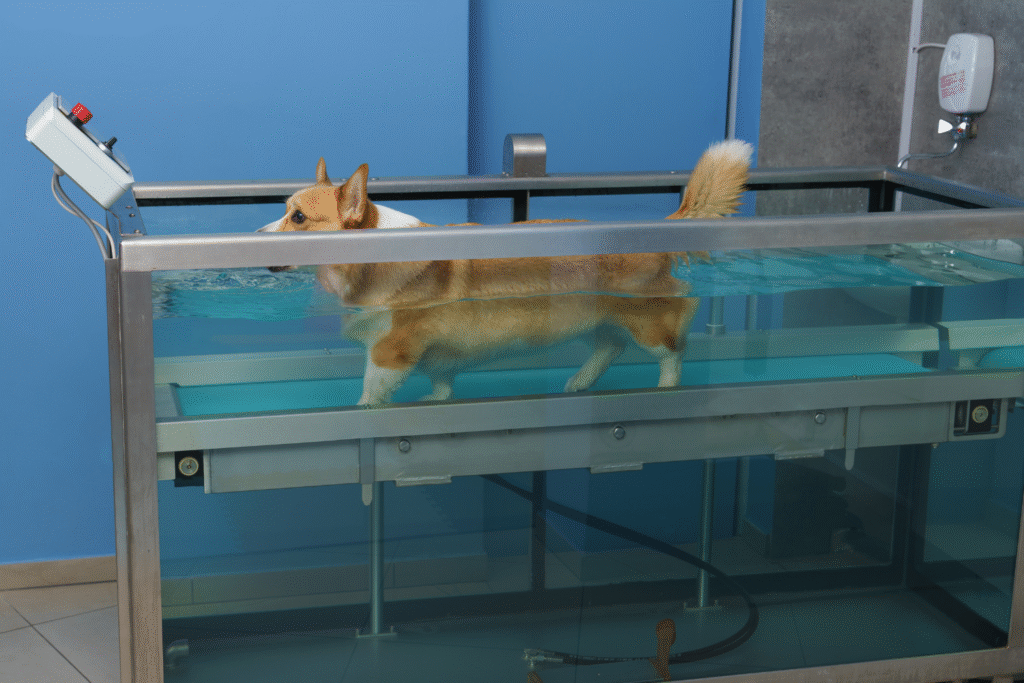A startling rise in pet obesity trends.

Pet owners around the world are now facing a sobering statistic: more than half of dogs and cats may be overweight or obese. A sweeping global survey indicates that 60 percent of domestic dogs and cats now carry excess weight, raising serious health concerns. The trend reflects diet changes, less activity and evolving lifestyles that affect pets as much as people. Over the next eleven points we’ll explore the causes, consequences and what this means for the animals we love, in a way that helps make sense of the problem and what might be done about it.
1. Many pets exceed safe body condition standards.

Veterinarians and pet health researchers found that in a large number of clinics the body condition scores for both dogs and cats show more than 50 percent of animals fall into the overweight or obese category, as reported by the FDA. These animals carry excess fat that can shorten their lifespans and raise risks of chronic illness. A wide variety of breeds are affected, with indoor cats and middle-aged dogs especially vulnerable.
What this really means is that many pets are living with hidden risk every day. Owners may not recognise gradual weight gain as a problem, and the combination of high-calorie diets, fewer outdoor walks and more indoor confinement accelerates the trend. Early detection matters, and routine veterinary assessment of body condition can help. When number one leads to number two, the health consequences become clearer.
2. Veterinary clinics report increased obesity-related diseases.

An uptick in cases of arthritis, diabetes and cardiovascular challenges among pets has been noted, according to a survey by the Association for Pet Obesity Prevention. These conditions often stem from extra weight placing strain on an animal’s organs, joints and metabolism. For example, overweight dogs may tire more quickly on walks, show signs of joint pain and need more support. Indoor cats with little activity plus extra calories face higher risks of diabetes and liver stress.
When the weight goes unchecked the health issues magnify. Chronic inflammation, insulin resistance and mobility loss become more common outcomes of long-term excessive weight. Owners who notice reduced activity, reluctant movement or increased panting may be seeing more than just aging. Recognising these patterns early allows interventions that could improve quality of life significantly. That connection brings us to the next point on long-term health effects.
3. Excess weight shortens pets’ lifespans significantly.

Studies that follow overweight dogs and cats over time demonstrate that heavier pets tend to live shorter lives, as stated by the Purina Institute. In these analyses pets with body condition scores above ideal show earlier onset of joint disease, increased incidence of organ dysfunction and reduced resilience to other diseases. This indicates that weight management is not a cosmetic issue but a critical welfare concern.
When you think about it this means weight isn’t just about how a pet looks—it’s about how they age and how many healthy years they have ahead. When those extra kilos accumulate over months and years, they gradually erode the pet’s ability to cope with stress, fight illness and maintain mobility. This data helps frame why weight control matters more than a casual concern and sets up the next section on contributing factors.
4. Calorie-dense diets are a major contributor to weight gain.

Many modern pet foods provide high calorie counts and owners often feed more than needed. Treats, table scraps and free-feeding habits add up quickly. When energy intake consistently exceeds expenditure, fat accumulates. Some brands emphasise palatability over balanced nutrition, leading pets to drink and eat beyond what they burn off.
Activity levels often drop, especially for indoor pets or senior animals. Without appropriate exercise the surplus energy converts to fat. When you combine rich diets with sedentary lifestyle you get a perfect storm for weight gain. Recognising this dynamic is key for caregivers wanting to reverse the trend.
5. Sedentary lifestyles amplify obesity risk in pets.

In urban and suburban homes pets often lack regular outdoor access or structured play, and their owners may walk less due to time pressures. Dogs that once ran free may now spend long hours inside, cats may stay indoors entirely. When movement declines the calorie burn drops, so even modest diets become excessive.
Energy balance gets disrupted silently. If a dog or cat skips daily activity the body begins storing what was once fuel. Over weeks and months this adds up into significant excess weight. Addressing lifestyle means not just changing food but increasing meaningful playtime. That’s what brings us to the next issue.
6. Owners often misjudge their pet’s actual body condition.

Despite clear veterinary standards many pet owners believe their animals are at a healthy weight when they are not. Visual cues mislead. A pet may appear “just a bit fluffy” yet have excess fat deposits. Lack of training or inconsistent check-ins means the warning signs slip by.
The mismatch between owner perception and veterinary assessment means opportunities for early intervention are lost. When owners believe everything is fine they do not initiate change. That’s why education about proper body condition is so important. Encouraging owners to consult their veterinarian begins the turnaround.
7. Breed and age factors influence obesity trends.

Certain breeds are more prone to gaining weight, as are older pets whose metabolism slows. Dogs such as Labradors or Dachshunds often carry extra weight if activity drops. Indoor cats, neutered animals or senior pets face combined risks. A sneaky factor: as pets age they may receive the same food volume without reduction, and the activity declines further.
Recognising these breed and age related patterns helps owners target high risk pets. Tailoring diet, monitoring exercise and scheduling more frequent vet check-ups become important strategies. Understanding the trend enables targeted prevention rather than reactive treatment.
8. Weight loss in pets is possible but needs commitment.

Studies show successful weight reduction in pets depends on consistent diet modification and increased activity. Many veterinary weight-loss programs involve specialised food, portion control and structured walks or play sessions. Owners who engage persistently see better results. But loss of lean muscle mass and plateaus often complicate the process.
It is not just about fewer calories; it’s about maintaining muscle, avoiding rebound weight gain and keeping the pet motivated. Veterinarians emphasise gradual change and ongoing monitoring. When you recognise this you realise that reversing obesity is a process, not a quick fix, which leads us to look at tools and support available.
9. Veterinary practices are adapting to support weight management.

Clinics increasingly offer body condition scoring, nutrition counselling and monitored programs for overweight pets. Some vets provide reminders, pet activity tracking or tailored diet plans. These resources aim to support owners through behavioural barriers and see weight control as part of standard care rather than optional.
The shift means that obesity is being treated like the chronic condition it is, not just a cosmetic issue. When clinics integrate weight assessment into routine visits it becomes part of prevention. That setup helps pets live longer and healthier lives. And it underlines the importance of owner-vet partnership, which draws us into the next point about public awareness.
10. Public education campaigns are gaining traction worldwide.

Animal health organisations are now raising awareness globally about pet obesity, promoting exercise, proper feeding and early weight-monitoring. Campaigns highlight that daily walks for dogs and playtime for cats matter just as much as premium food. They stress that obesity threatens quality of life and that prevention starts at home.
Such outreach helps shift attitudes. When owners understand the risks and get simple tools they feel empowered to act. This cultural change enhances what veterinarians and nutritionists offer. Widespread education links neatly into the final point on future prospects.
11. Future research may reveal better tools for prevention and treatment.

Scientists are developing new diet formulas, wearable movement trackers for pets and mobile apps that integrate feeding, activity and health data. Research into genetics, metabolism and environment is helping identify why some pets gain weight more easily than others. This could lead to personalised nutrition and tailored exercise for dogs and cats.
These advances promise to make weight management more effective in the future. For owners today the takeaway is clear: recognizing the trend and beginning intervention early is key. With better tools ahead and stronger vet-owner collaboration now, pets have a fighting chance for healthier, longer lives.
